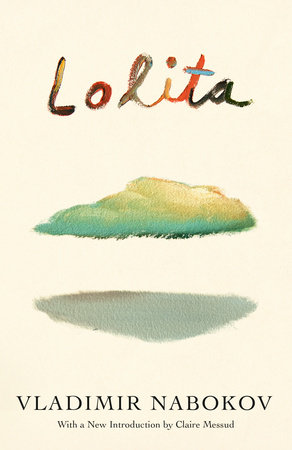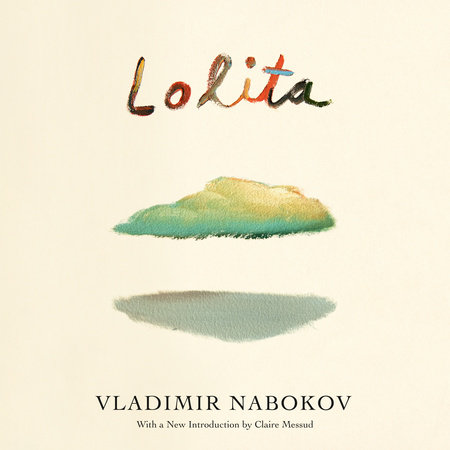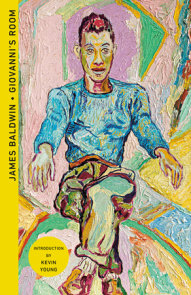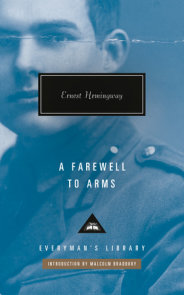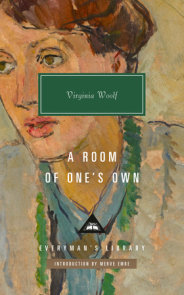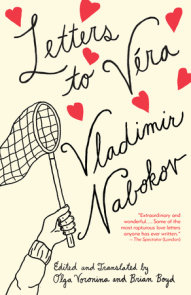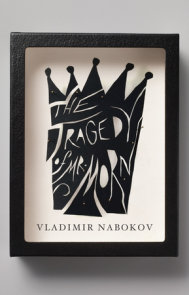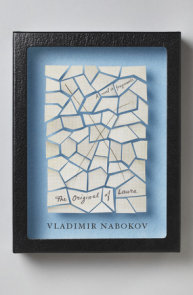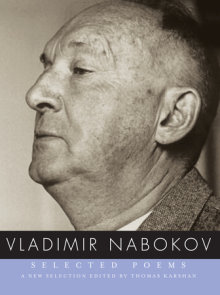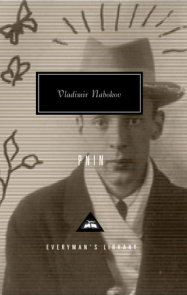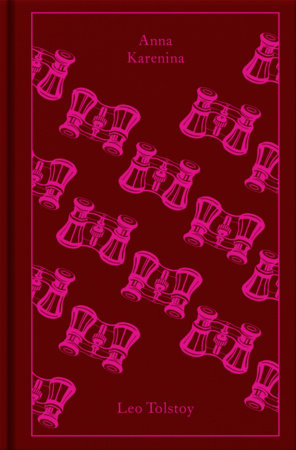

Lolita
By Vladimir Nabokov
By Vladimir Nabokov
By Vladimir Nabokov
By Vladimir Nabokov
By Vladimir Nabokov
Introduction by Martin Amis
By Vladimir Nabokov
Introduction by Martin Amis
By Vladimir Nabokov
By Vladimir Nabokov
By Vladimir Nabokov
Read by Jeremy Irons
By Vladimir Nabokov
Read by Jeremy Irons
Part of Vintage International
Part of Everyman's Library Contemporary Classics Series
Part of Vintage International
Category: Literary Fiction
Category: Spanish Language Fiction
Category: Literary Fiction | Classic Fiction
Category: Literary Fiction
Category: Literary Fiction | Audiobooks

-
$17.00
Mar 13, 1989 | ISBN 9780679723165
-
$17.00
Nov 10, 2009 | ISBN 9780307474674
-
$28.00
Mar 09, 1993 | ISBN 9780679410430
-
Aug 24, 2010 | ISBN 9780307744029
-
Sep 20, 2005 | ISBN 9780739333211
689 Minutes
Buy the Audiobook Download:
YOU MAY ALSO LIKE
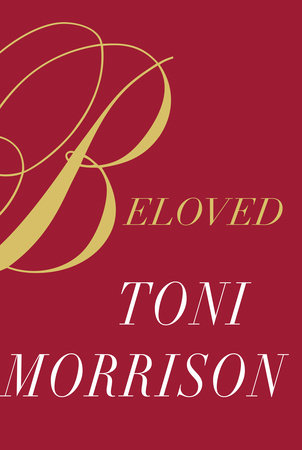
Beloved
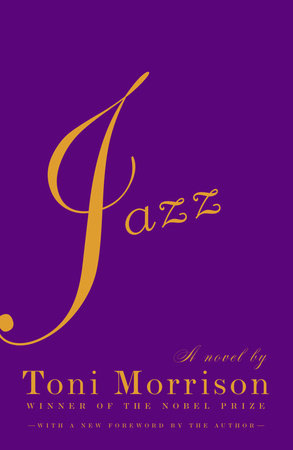
Jazz
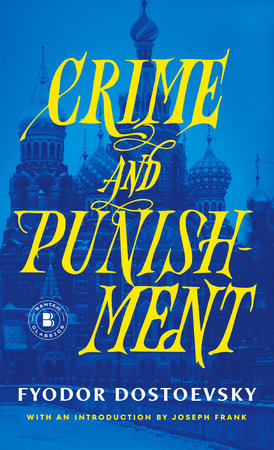
Crime and Punishment
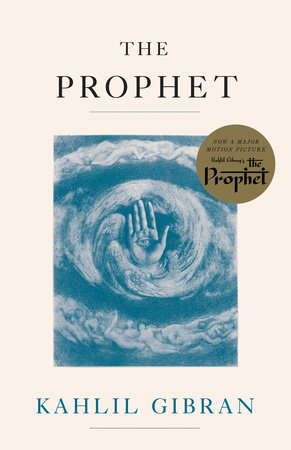
The Prophet
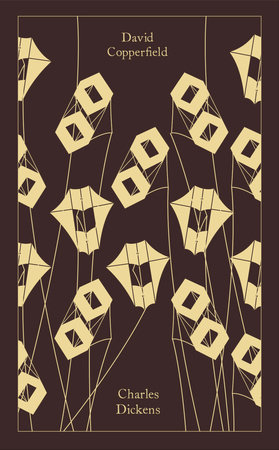
David Copperfield
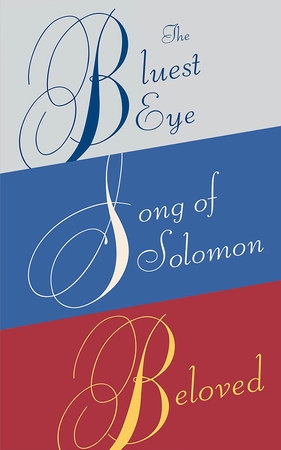
Toni Morrison Box Set
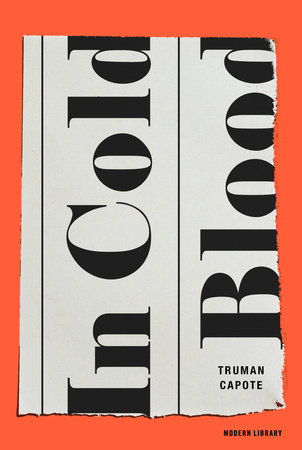
In Cold Blood
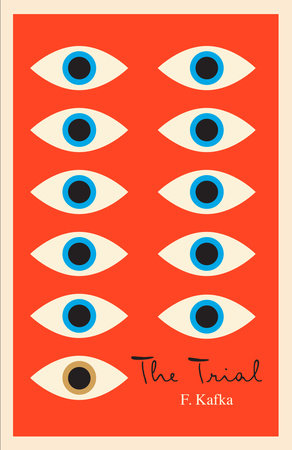
The Trial
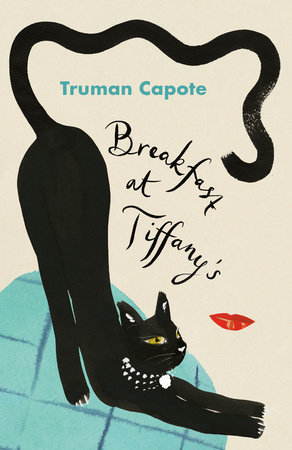
Breakfast at Tiffany’s
Praise
One of TIME Magazine’s All-Time 100 Novels
“Lolita blazes with a perversity of a most original kind. For Mr. Nabokov has distilled from his shocking material hundred-proof intellectual farce…Lolita seems an assertion of the power of the comic spirit to wrest delight and truth from the most outlandish materials. It is one of the funniest serious novels I have ever read; and the vision of its abominable hero, who never deludes or excuses himself, brings into grotesque relief the cant, the vulgarity, and the hypocritical conventions that pervade the human comedy.” —The Atlantic Monthly
“Intensely lyrical and wildly funny.” —Time
“The only convincing love story of our century.” —Vanity Fair
“The conjunction of a sense of humor with a sense of horror [results in] satire of a very special kind, in which vice or folly is regarded not so much with scorn as with profound dismay and a measure of tragic sympathy…The reciprocal flow of irony gives to both the characters and their surroundings the peculiar intensity of significance that attends the highest art.” —The New Yorker
“A revealing and indispensable comedy of horrors.” —San Francisco Chronicle
21 Books You’ve Been Meaning to Read
Just for joining you’ll get personalized recommendations on your dashboard daily and features only for members.
Find Out More Join Now Sign In










